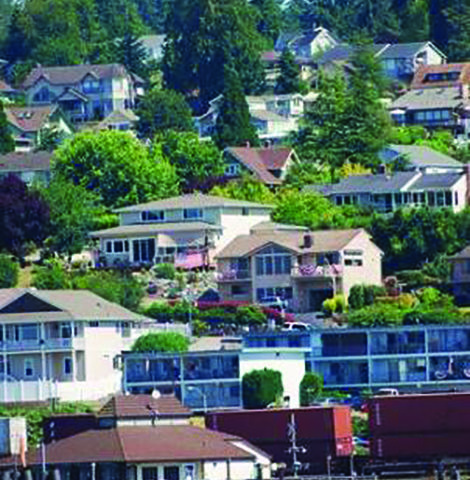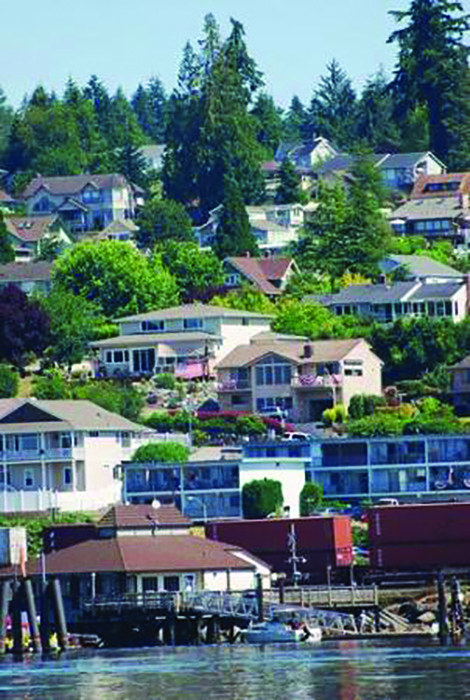Seattle-Tacoma has 11th-fastest-rising inflation in the U.S.
Americans are dealing with sky-high inflation, which hit a 40-year high earlier this year. Though inflation has started to slightly trend downward due to factors like the Federal Reserve rate hikes, the year-over-year inflation rate was still a whopping 8.3 percent in August.
This high inflation is driven by a variety of factors, including the continued presence of the COVID-19 pandemic, the war in Ukraine, and labor shortages.
The U.S. government is hoping to continue to rein in inflation with aggressive interest rate hikes this year, but exactly how much of an effect that will have remains to be seen.
Inflation is rising more quickly in some places than others, though. In order to determine the cities where inflation is rising the most, WalletHub compared 23 major metropolitan statistical areas (MSAs) across two key metrics related to the Consumer Price Index, which measures inflation.
Cities and their metropolitan areas rising the most, in order, were Phoenix, Ariz., Atlanta, Ga., Tampa, Fla., Miami, Fla., and Dallas, Texas.
The Seattle-Tacoma-Bellevue metro region is the 11th-fastest rising, with a CPI increase of 9 percent over the previous year.
WalletHub said it compared the Consumer Price Index (CPI) for the latest month for which federal Bureau of Labor Statistics data is available to two months prior and one year prior to get a snapshot of how inflation has changed in the short and long term.
Sources: WalletHub, a personal finance website, and the U.S. Bureau of Labor Statistics.

